This absolute wonder is the Hispano-Suiza H6C "Tulipwood" Torpedo, billed as the most famous Hispano-Suiza in the world at its upcoming Sotheby's auction where it's estimated to fetch anywhere from $8,000,000 - $12,000,000.
Commissioned as a race car by aperitif heir Andre Dubonnet this was the second H6C chassis constructed after one for the company's co-founder. It features an 8-liter engine and a 52-gallon fuel tank to meet the requirements of the long rallies that Dubonnet intended to use it for.
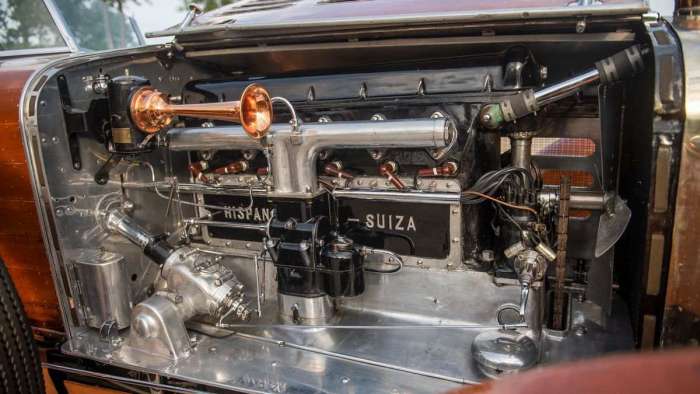
Needing a lightweight body for his racer, Dubonnet commissioned aircraft manufacturer Nieuport-Astra to clothe the chassis and they put engineer Henri Chasseriaux on the job. The result was this stunning body made from 1/8-inch thick mahogany strips secured to ribs with thousands of rivets before being coated in varnish.
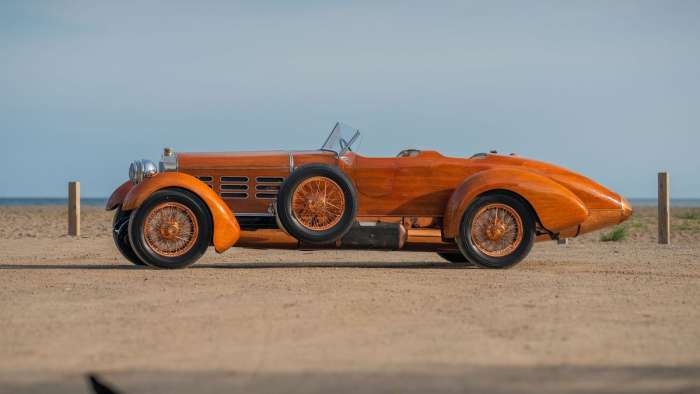
The body weighed just 160 lbs, practically nothing for a vehicle this large, and helped Dubonnet stay competitive despite having the biggest, heaviest car when he entered the 1924 running of the Targa Florio. Finishing 6th overall in the grueling rally Dubonnet then completed an extra 8 1/2 hour lap of the course to finish 5th in the Coppa Florio. Following this Dubonnet modified the car for daily driver duty with the addition of a windshield, fenders and headlights.
Fresh Heirs
Dubonnet would eventually sell the car to the heir to a perfume fortune, who would in turn sell it the the Scottish heir to a marmalade company. It was stored in a London coachbuilder's workshop during the Second World War where its tail was damaged by bomb shrapnel. Its bodywork was altered throughout this period with different styles of fenders added and removed.
From there the Torpedo made its way to another heir, this time to the Standard Oil company, Gerald Albertini, who had left a note offering to buy the car after seeing it parked at the side of a road six months earlier. Albertini embarked on a full restoration, with mechanical work (of which little was needed) handled by Hispano-Suiza engineer George Briand and coachbuilding done by Panelcraft of Putney.
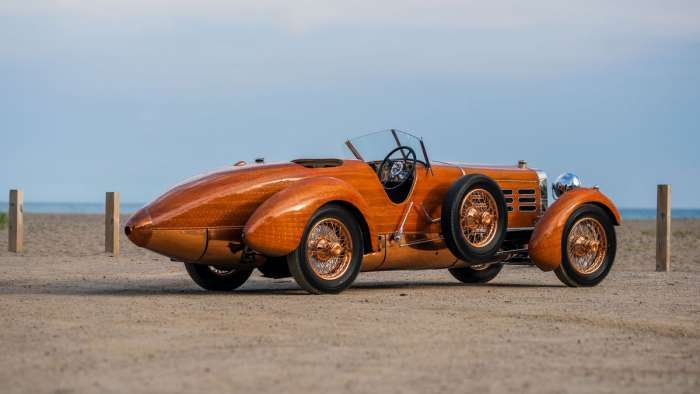
Albertini had a smaller steering wheel installed to suit his large frame and the seats reupholstered in cream leather. Panelcraft had an elderly boat builder named Harry Day craft the graceful torpedo fenders with the new wood steamed to take the right shape before being secured with matching rivets and varnished to match the rest of the car's body. Albertini and his wife then took the car on a long tour of France and Italy, and it probably doesn't get much better than that.
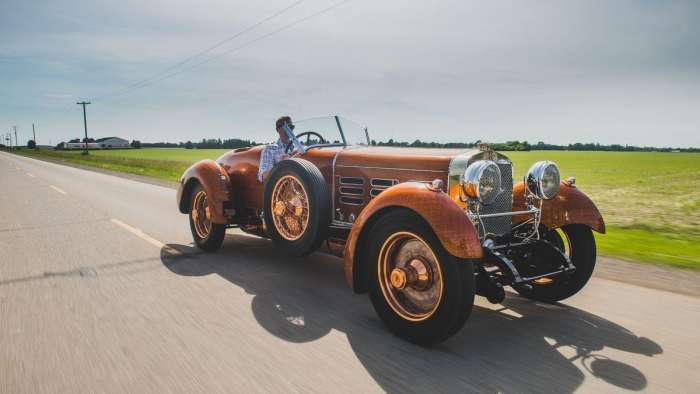
Atlantic Crossing
The Torpedo made its way to a new American owner in the mid-1960s before returning to Europe in the 1970s, first registered in France and then in London. It changed hands once again in 1983 and was given a loving 8-month restoration in 1985 before being debuted at the 1986 Pebble Beach Concours d'Elegance. Since then it's been with the same collector. We'll update this article when and if it sells at auction over the course of the coming weekend.
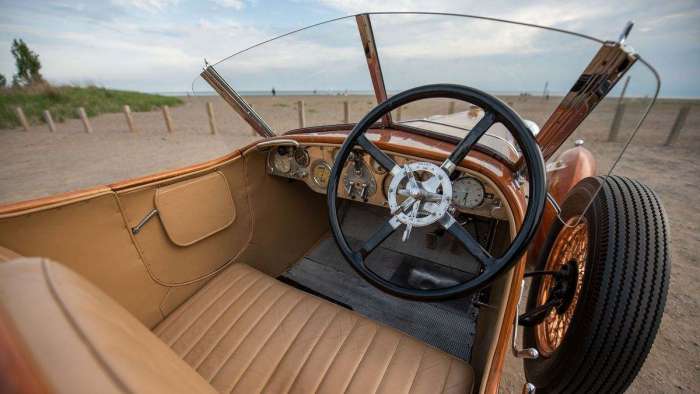
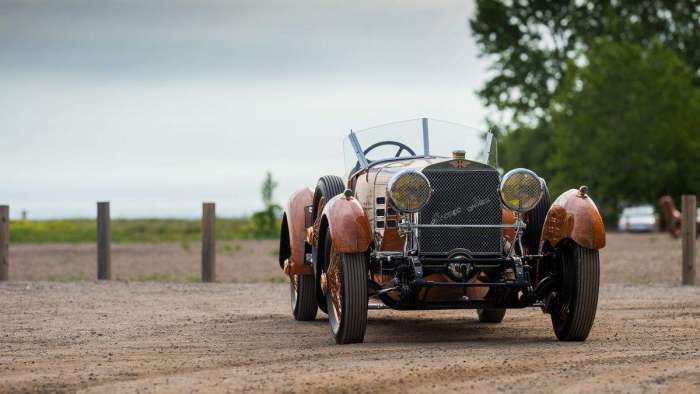
Related Story: The Engler Desat Is A Bizarre V10 Four-Wheeler
Images by RM Sotheby's licensed by CC BY 2.0.
James Walker is an Automotive Journalist at Torque News focusing on Lucid Motors. If it's got wheels he's interested, and he's looking forward to seeing what kind of cars the EV revolution brings us. Whether it's fast, slow, new, or old, James wants to have a look around it and share it in print and on video, ideally with some twisty roads involved. You can connect with James on Twitter, Instagram, and LinkedIn.












